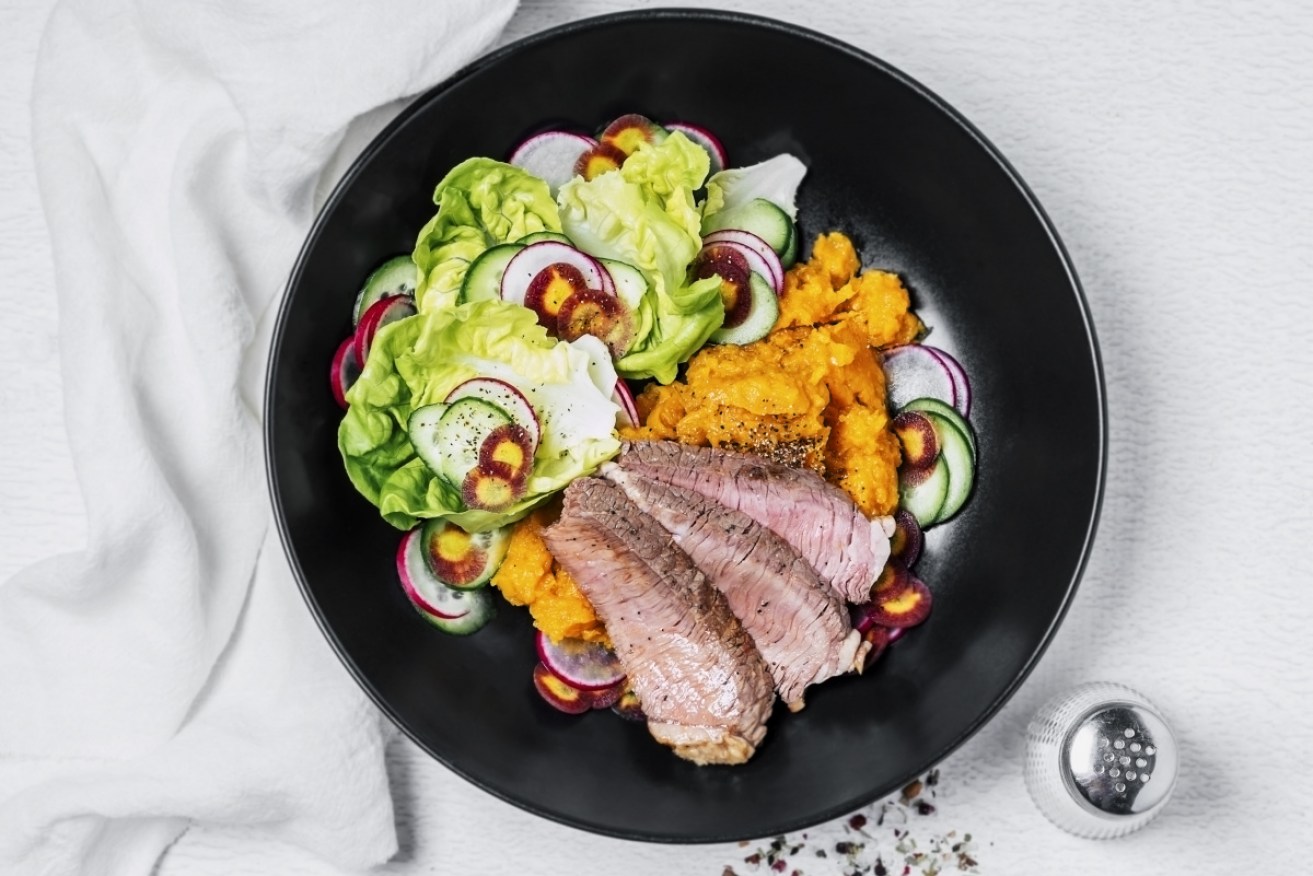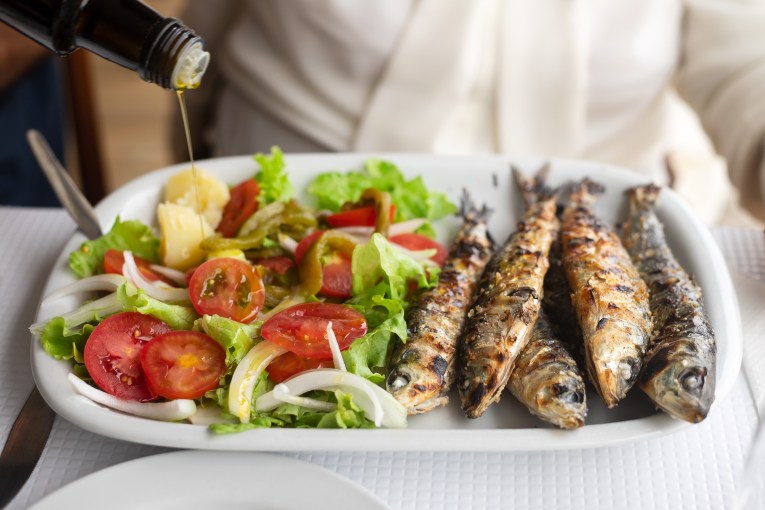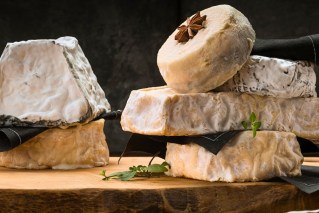Forget good fat, bad fat: This is what a healthy plate looks like


The good, the bad and the fatty: a dietitian tells us just what a balanced plate looks like. Photo: Getty
The nutritional world has been bombarded with article after article about fats: which ones are good for us, and what should we try our hardest to avoid?
For decades, saturated fats (animal and dairy fats, mostly) have been pegged as bad for us, contributing to high cholesterol levels and an increased risk of heart disease.
Instead, medical and dietary experts have told us to replace saturated fats with their mono- and polyunsaturated counterparts; eggs, dairies and meat, versus fish, vegetable oils and margarine.
But the most dangerous thing about fatty foods, experts say, is the all-or-nothing approach.
A study published in the British Medical Journal last week concluded telling people to avoid saturated fats meant they missed out on vital nutrients.
Australian nutritional expert Professor Manohar Garg, from the University of Newcastle, was part of the global panel that collated the research, which called into question guidelines set by the World Health Organisation around saturated fat consumption.
Professor Garg said the university’s extensive research shows the nutritional complexities of foods containing saturated fat aren’t as they’ve been made out to be.

It’s not about good and bad fats, it’s about knowing which one is which and how they affect your health. Photo: Getty
“In some cases, saturated fats are strongly bonded with proteins, carbohydrates or minerals and they’re digested slowly and absorbed slowly,” Professor Garg said in a statement from the university.
“They don’t raise cholesterol and therefore aren’t harmful to the body.”
Dietitians Association of Australia spokeswoman Lauren McGuckin agreed with the study’s findings, and told The New Daily there was a risk of “over simplifying” dietary advice that resulted in people cutting out whole food groups altogether.
“We’re cutting out good, nutritious foods. We need to take a giant step back and take a look at the whole nutritional profile,” Mrs McGuckin said.
“The biggest thing is we get caught up with sugar, fats, and single out these nutrients. But we don’t just sit down and eat fat or sugar.”
The anti-seed advocate
Lawyer David Gillespie is open about the fact he has no official nutritional qualifications, but that has not stopped him from penning half a dozen guides on how to avoid the pitfalls of the modern diet, from sugar to ‘toxic’ oils.
Gillespie’s position on seed oils (what he refers to as “toxic oils” that lead to cancer) has not gone unnoticed by the health industry, but it’s also gained him a loyal dietary following.
Gillespie told The New Daily humans are consuming more polyunsaturated fats than ever before and it is hurting our health.
He advocates avoiding manufactured seed oils – like canola, sunflower and rice bran oil – in all their forms, as well as sugar, which he noted is increasingly hard to do.
The best way to avoid them both he said, was to avoid buying packaged and processed foods.
What your plate should look like
As an accredited dietitian, Mrs McGuckin said the best way for people to figure out what they should be eating, was to go and see someone like herself.
“Go and see a dietitian, who’s accredited, trained, that’s been to university and knows how to cut through all the rubbish that’s out there on the internet,” she told The New Daily.

Poly-and monounsaturated fats are what dietitians refer to as healthy fats. Photo: Getty
She said the Dieticians Association essentially recommended people consume unsaturated fats (poly and mono) over saturated fats; the former from fish like sardines or salmon, and the latter from nuts, seeds, and avocados.

A balanced plate should be half leafy green vegetable, one-quarter starchy vegetable, and one-quarter lean meat. Photo: Gettys.
These are the fats dietitians are referencing when they talk about healthy fats because they contribute to lower cholesterol levels, Mrs McGuckin said.
“Saturated fats are the ones that we look at in terms of (trying) to get people to, not limit, but be aware of what they’re eating and how much of it,” she said.
So how does this translate to what a healthy plate should look like?
“Ideally, we want people to halve their plates,” Mrs McGuckin said.
“Fill one half with leafy green vegetables, carrots, that sort of thing, then one quarter with starchy vegetables like potatoes, and then the remaining quarter with about a palm-sized piece of meat, whether it’s beef or chicken or fish, but preferably lean meat where the fat has been trimmed off before consumption or cooking.”








